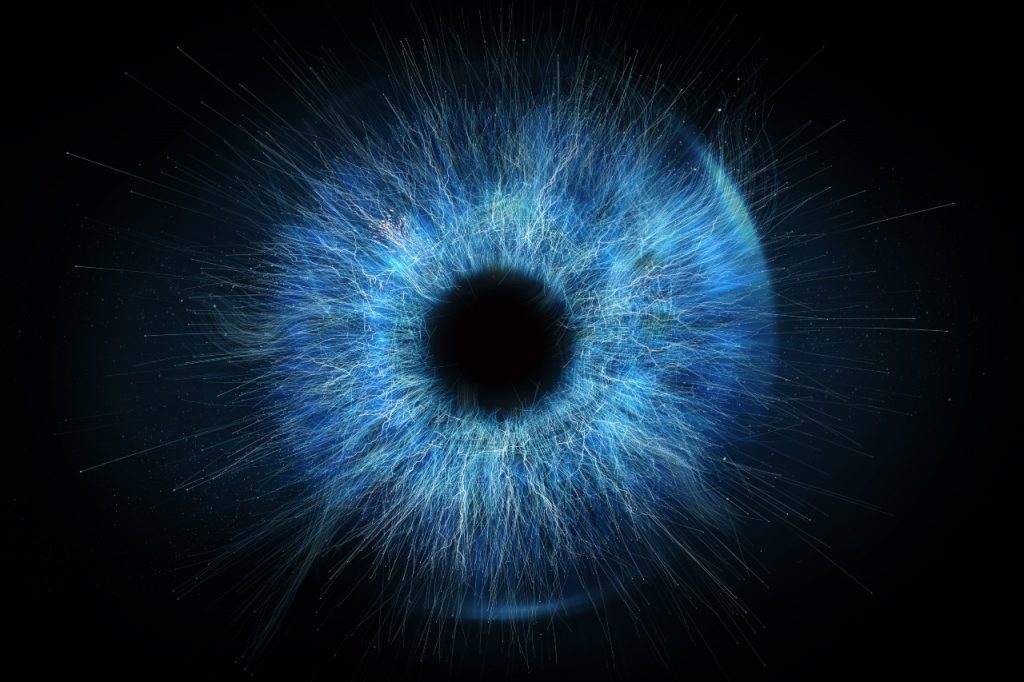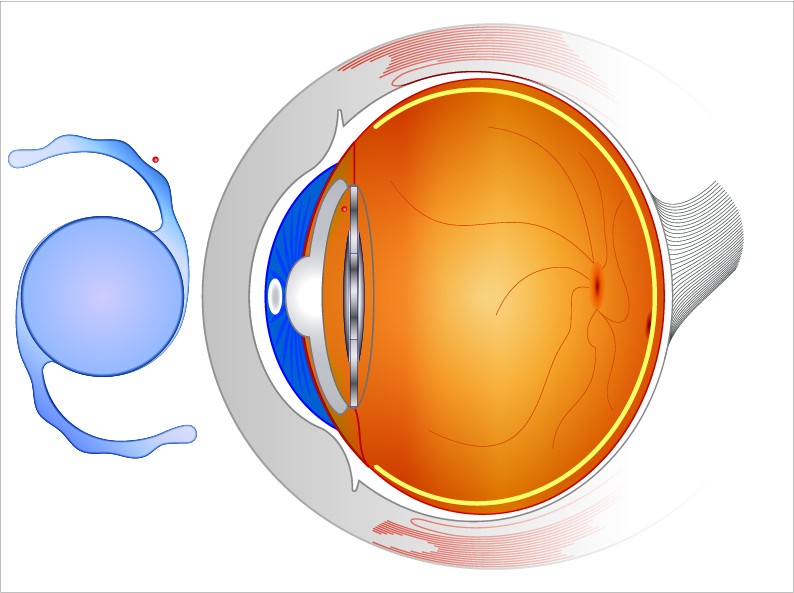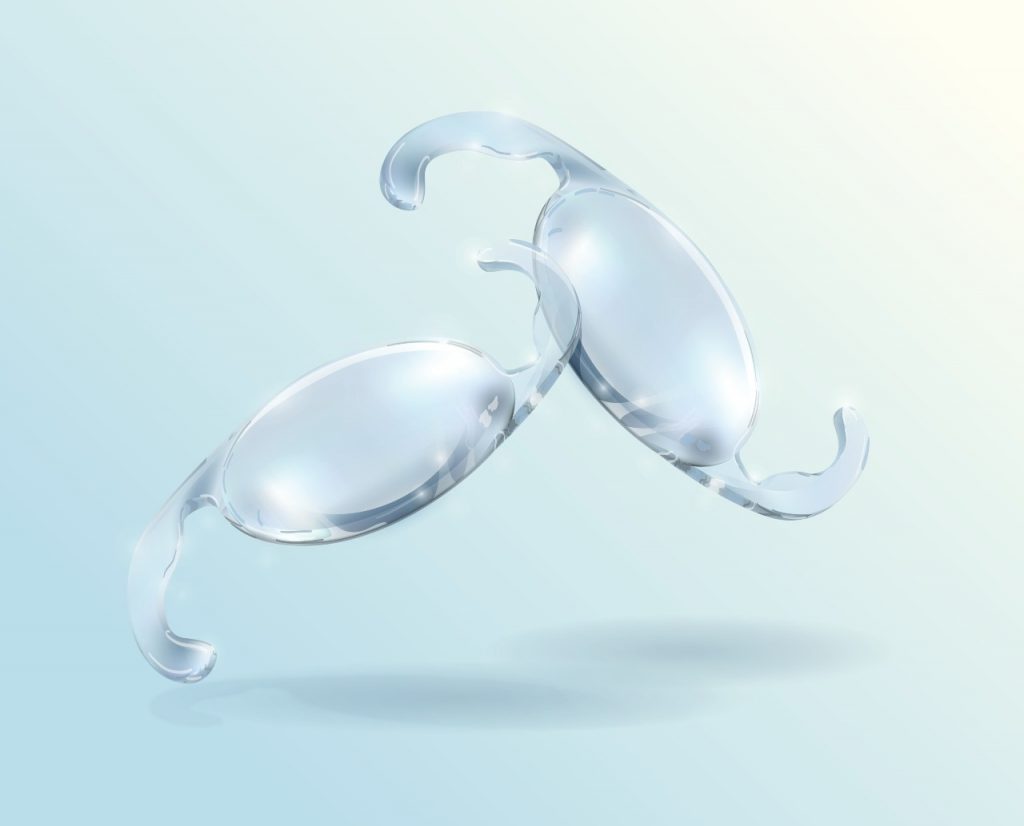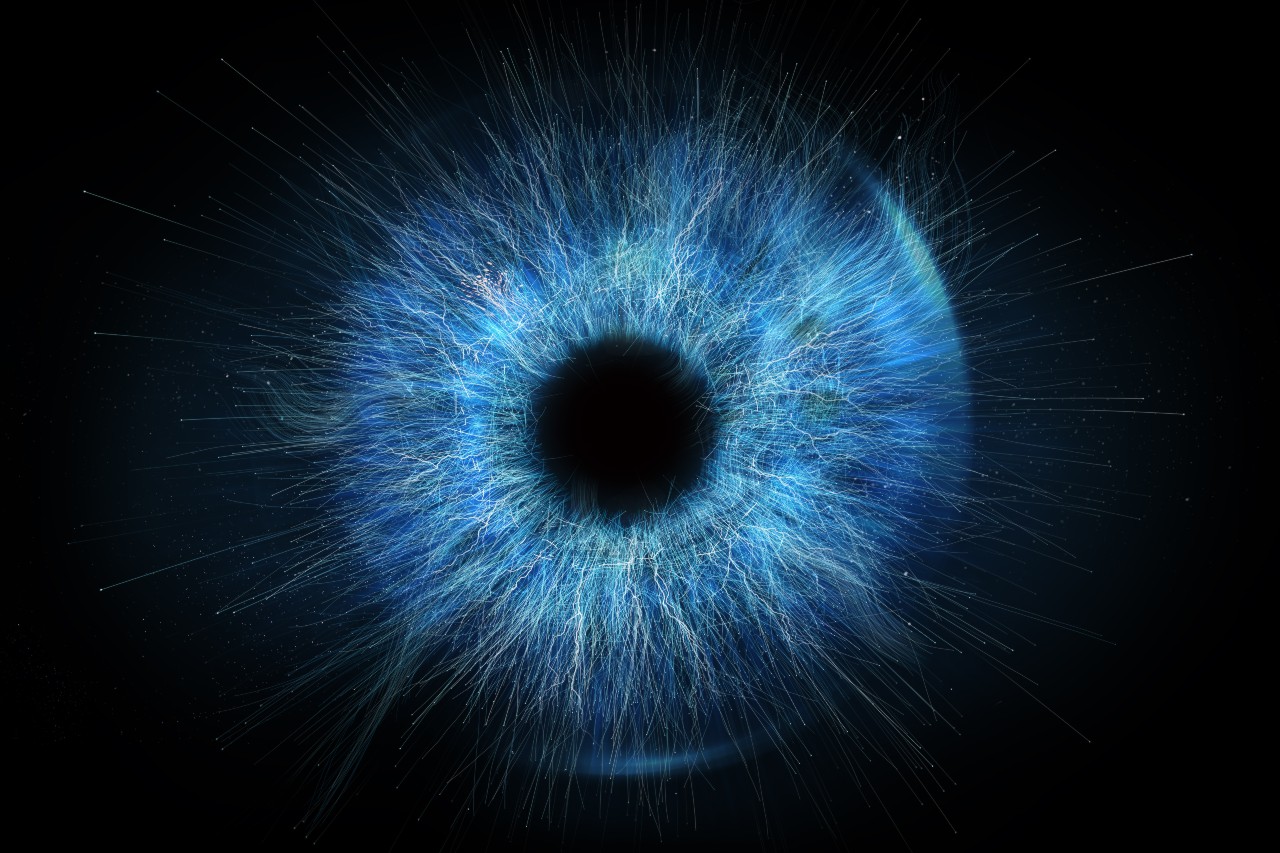
Intraocular lens therapy is a collective term for several different procedures, in particular refractive lens replacement (RLE) and cataract surgery.
During the lens replacement procedure, the natural lens of the eye is removed and replaced with the artificial intraocular lens to reduce the refractive error and improve the focus. In doing so, the patient has significantly reduced the need for glasses or no longer needs glasses. Today, smart lenses that replace standard lenses are being used more and more every day.
WHAT IS A SMART LENS?
Every patient who will have cataract surgery or laser lens surgery will ask, “What kind of intraocular lens will I have in my eye?” he asks his question. This is the first question he asks, whether it is to replace the natural lens of the eye, whether it is for therapeutic purposes due to cataracts or simply to reduce the dependence of someone with farsightedness, myopia or astigmatism on glasses.
If the patient wants to stay completely without glasses, he should prefer smart lenses in both eyes. If a person has cataracts and wants to see both near and far without glasses after cataract surgery, a smart lens is the first choice. During cataract surgery, a person’s natural lens is removed and a smart lens is placed in the same place. Cataract is the clouding of the natural lens over time and for different reasons. Normally, a young person can see all distances, such as far-medium-near, in one eyepiece. The function of our lenses begins to decline as we age. The main purpose of cataract surgery is to insert a new artificial lens instead of a natural but blurred lens.
Today, single-focus lenses have been replaced by multifocal, that is, multifocal intraocular lenses. Because these smart lenses correct vision disorders from all angles and make vision as natural as possible. Multi-focus smart lenses come in two different shapes, two- or three-focus. Two-focus lenses are called multifocal lenses, and three-focus lenses are called trifocal lenses.
WHAT ARE THE ADVANTAGES OF SMART LENSES?
Smart lenses are the lenses that most closely resemble our natural lenses. The advantages of choosing smart lenses are many. It offers comfort and quality of life to the person. In general, to summarize, the advantages of smart lenses are as follows;
• There is no need to use glasses after smart lens.
• After the smart lens, the patient can easily read books, use a computer, and see distant writings comfortably.
- Provides an uninterrupted and clear view for near, medium and far distances.
- Facilitates the use of vehicles.
- Improves the quality of life.
TYPES OF SMART LENSES
One of the types of multifocal lenses is used during cataract surgery. These types are Multifocal and Trifocal (smart) lenses.
TRIFOCAL LENSES

Trifocal lenses, the so-called smart lens, have long been used by specialists during cataract surgeries. Intraocular lenses are divided into two groups as monofocal and multifocal. The trifocal, which is called a smart lens, is 3-focus. After this operation, patients can read books, use computers and watch television without glasses.
3-focus lenses, which are referred to as smart lenses, have become one of the frequently used methods in our country for about 3-4 years. Before trifocal lenses, multifocal lenses were usually used. However, when problems related to the Decoupling occurred in these lenses, the transition to trifocal lenses was made. The most important advantage of these lenses is that they clearly show the Decoupling distance, which is not the case with other lenses. This feature, which is not present in previous lenses, has improved the quality of life of many patients with trifocal lenses.
TRIFOCAL LENS SURGERY
Trifocal lenses provide good far and near vision, as well as good vision in the middle distance. In order for this lens to be applied, it is not necessary that cataracts have formed in patients. However, the fact that patients are not suitable for laser treatment also allows the use of this method. In trifocal lens treatment, procedures are performed for 10-15 minutes for each eye. During this process, the patient does not feel any pain or pain. During the operation, the lens with cataracts is removed and smart lenses called trifocal are placed in its place. The patient can continue his normal life after this operation. However, it is still essential that heavy activities are not performed for as long as 20 days. Trifocal lenses remain in the eye for life after being inserted into the eye. These lenses can be successfully applied in all suitable patients with near and far vision problems.
ADVANTAGES OF TRIFOCAL LENS
With trifocal lenses, high-quality vision can be obtained at all distances. Using the latest trifocal lenses, the patient, in most cases, expresses great visual satisfaction the day after the operation.
In general, multi-focus vision can be achieved immediately after the surgery or a few days later. In some isolated cases, the adaptation may take several weeks to complete. In the first days after the operation, any visual tasks can be performed, albeit gradually.
With trifocal lenses;
• First of all, to have the opinion that the patient had in his youth,
• To be able to see all distances without glasses and to be able to see properly at any light level,
- Getting rid of astigmatism or non-astigmatism, myopia and hyperopia,
- Book, newspaper, project, food menu, etc. reading smoothly.
- Use of mobile phones, tablets and computers without any visual limitations.
• Driving day and night, going to the cinema and reading subtitles smoothly. - It becomes easier to read teletext on television.
MULTIFOCAL LENSES

Some people use glasses separately to see both far and near. Some people can see both far and near with a single pair of glasses. Multifocal lenses, on the other hand, are intraocular lenses that allow patients to see both far and near. Multifocal lenses have different and varied rings. You can see some of these rings near and some of them far away. Thus, a clear vision can be provided to the patient.
MULTIFOCAL LENS SURGERY
In order for multifocal lenses to be used, precise measurements are made to the patient before cataract surgery. In this way, the number of the artificial lens is also determined. Then, myopia and hyperopia of the patient are also removed with this lens to be placed in the patient’s eye. As is known, standard intraocular lenses are single-focus and focused only on far vision. Multifocal lenses, on the other hand, are 2-focus, allowing you to see both near and far.
Most patients can return to normal daily activities 2-3 days after surgery. However, the ability to focus in new lenses may not be fully functional for 6-8 weeks after surgery, as the eye has to relearn how to focus on objects at various distances.
WHO IS THE MULTIFOCAL LENS SUITABLE FOR?
- Patients who want to get rid of glasses.
- Those who have hyperopia or very high myopia.
- It can be applied to patients who cannot use contact lenses.
WHO IS A MULTIFOCAL LENS NOT SUITABLE FOR?
- Those with retinal and glaucoma problems.
• With a very sharp vision expectation.
• It should not be applied in patients with problems in the visual center.
ADVANTAGES OF MULTIFOCAL LENS
- Ability for sharper vision at various distances, both far and near.
• No need to wear extra glasses.
• The transition between degrees is Decisively less sharp.
FREQUENTLY ASKED QUESTIONS ABOUT SMART LENSES
Is there an age limit on smart lens?
Smart lenses are usually applied after the age of 45-50. But there is no upper limit. It can be applied to anyone whose eye structure is suitable and who can afford the cost of the lens.
Are there any side effects of smart lenses?
After applying smart lenses to unsuitable eyes, glare, glare and a decrease in visual quality in the eyes may be moderate.
Does the need for close glasses completely disappear after smart lens surgery?
Of the 100 patients who wear trifocal lenses, 90 can see the far, near and middle distance without glasses, while 10 percent can use a low-grade near glasses.
I have yellow spot/ Diabetes, can I have smart lens surgery?
Trifocal lens is not preferred in patients with yellow spot and diabetes. However, a decision is still made after a detailed examination.
I have astigmatism, can I have trifocal (smart) lenses?
Toric models of correcting astigmatism are available in smart lenses. If smart lenses are to be applied to patients with astigmatism, astigmatism must be completely corrected.
Can those with eye pressure wear smart lenses?
Those who have eye pressure need a detailed examination. Because the damage to the eye due to glaucoma and the condition of the eye nerves are very important. In the group of patients who are not suitable for trifocal lenses, lenses that allow you to comfortably see the far and middle distance produced by “edof” technology may be suitable.

